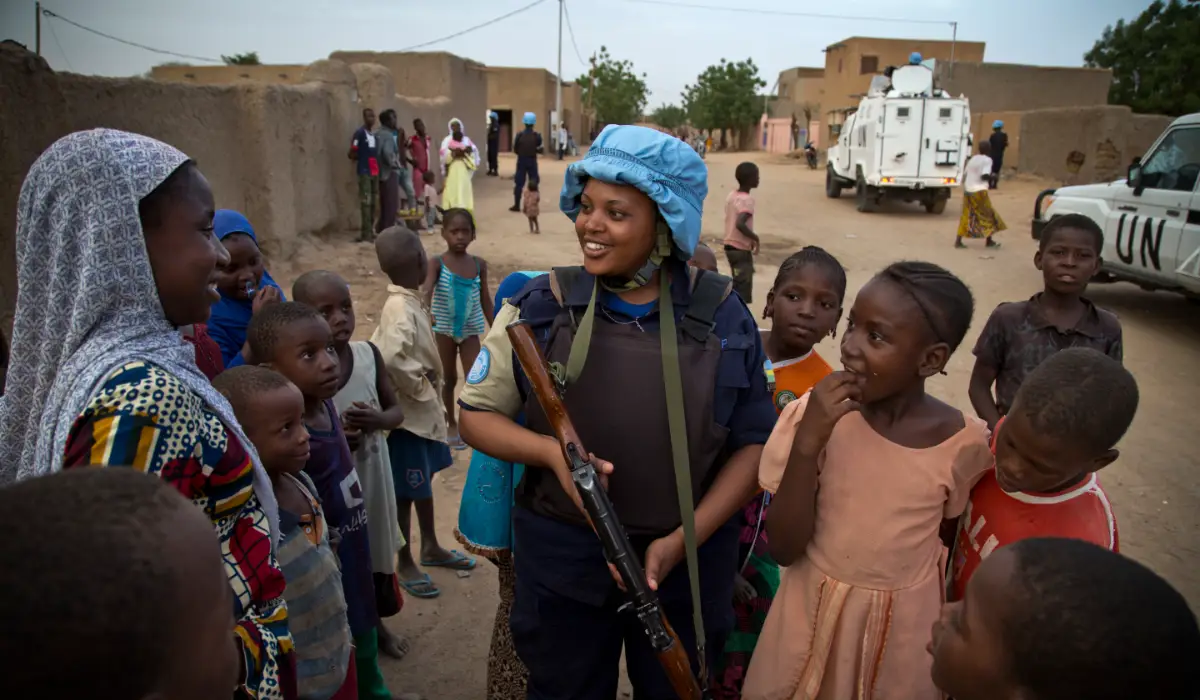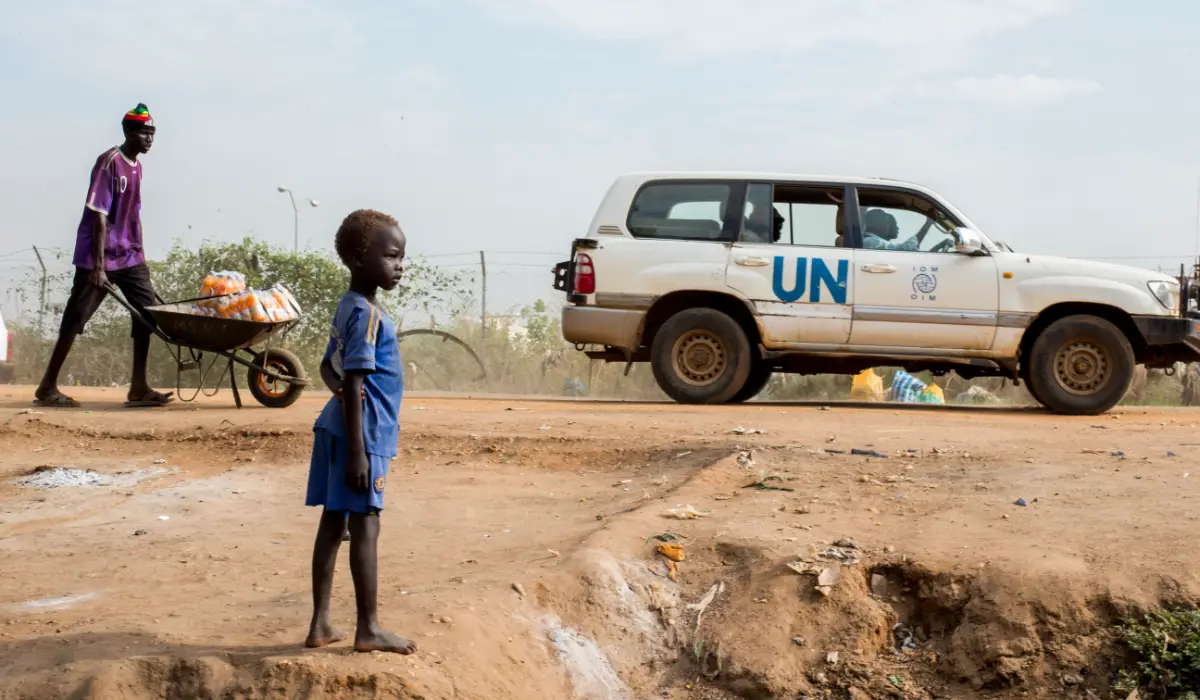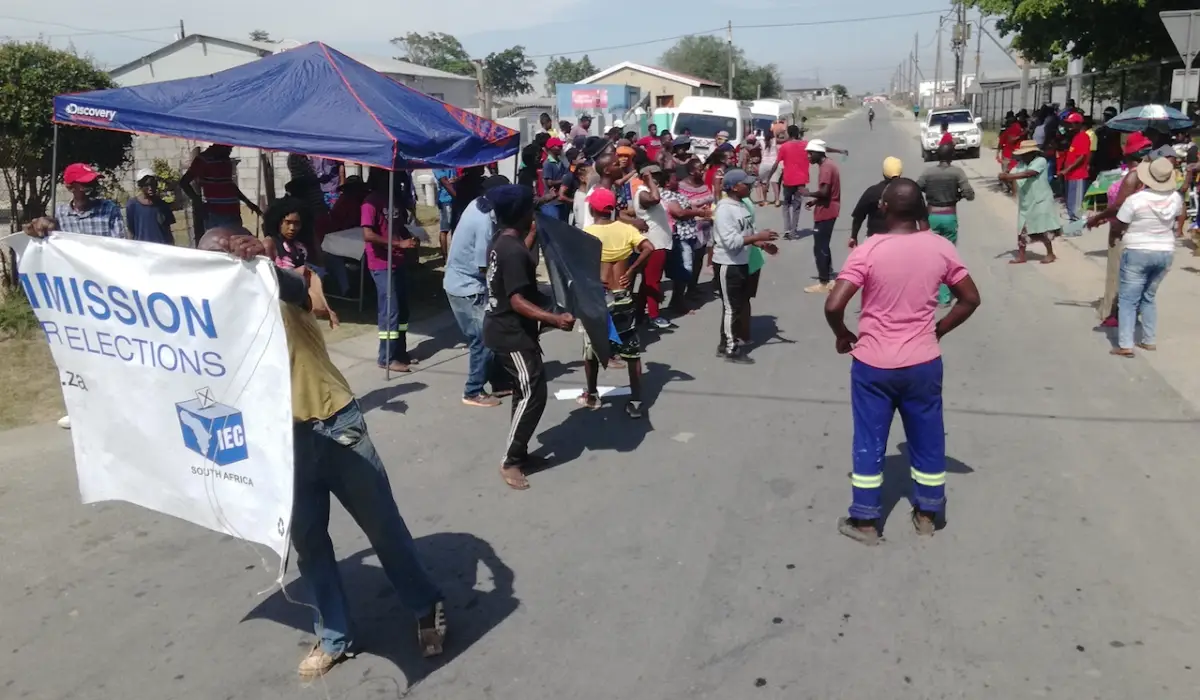In this issue of the ACCORD Conflict & Resilience Monitor we begin with an article by Cedric de Coning and Christopher Holshek on the role of civil-military coordination in peacebuilding processes. Dr Andrea Prah continues with the theme of peacebuilding as she highlights three key recommendations emerging from the recently concluded Africa Consultation on the 2025 Review of the United Nations Peacebuilding Architecture, organised by ACCORD.
Our third article sees Taona Mwanyisa make a case for the importance of alternative election disputes resolution mechanisms in enhancing electoral integrity. The last article by Francesca Caruso dissects the negative impacts of landmines on the environment in the broader context of the climate, peace and security nexus.







